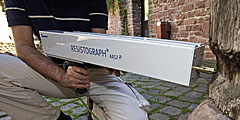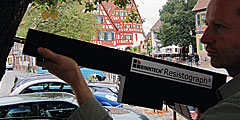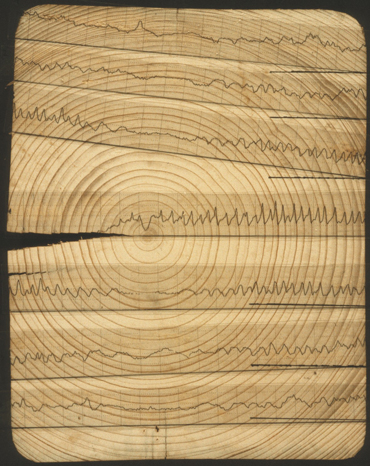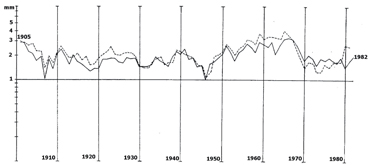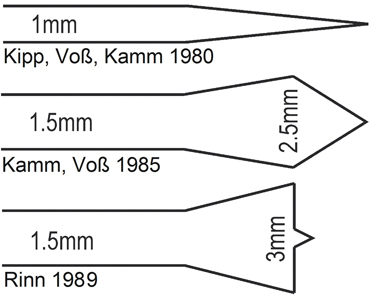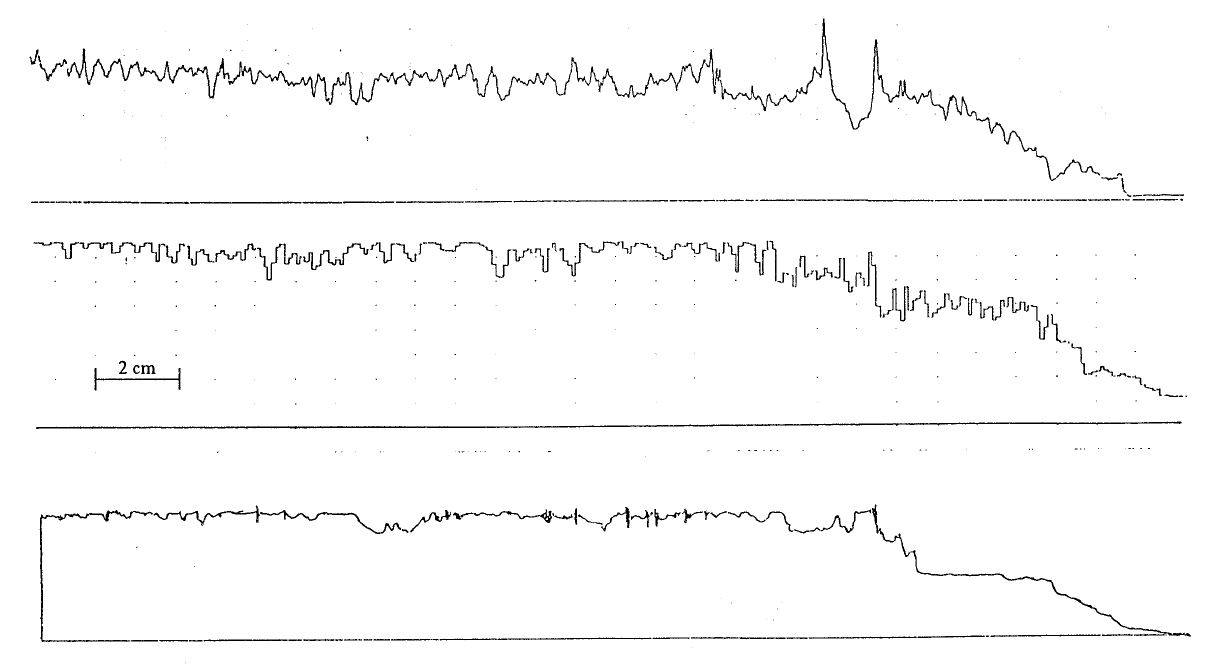Wissenschaftliche Grundlagen
ACHTUNG!
Die nachfolgend gezeigten Inhalte und Nachweise gelten nur und ausschließlich für Bohrwiderstandsmessgeräte mit elektronisch hochauflösend gesteuerter Messung und Aufzeichnung sowie mit einer hohen linearen Korrelation zur Holzdichte entlang des Bohrweges (r²>0.8) – nur dann kann der Zustand des Holzes dementsprechend korrekt und verlässlich an den Messkurven abgelesen werden. Und nur solche Bohrwiderstandsmessgeräte hatten bislang eine Lizenz (=Erlaubnis), mit unserer Marke RESISTOGRAPH® gekennzeichnet zu werden.
Bohrwiderstandsmessgeräte mit mechanischer Aufzeichnung (und einige andere) erfüllten diese o.g. Bedingungen nach unserer Kenntnis bislang nicht und hatten deshalb auch noch keine Möglichkeit, eine Lizenz auf Kennzeichnung mit unserer Marke RESISTOGRAPH® zu erhalten.
Bedauerlicherweise wurden solche (und andere) Bohrwiderstandsmessgeräte jedoch unrechtmäßigerweise mit unserer Marke RESISTOGRAPH® gekennzeichnet und verkauft, womit missbräuchlich suggeriert wurde, diese seien ähnlich präzise und verlässlich. Daher kam und kommt es zu mitunter folgenschweren Verwechslungen/Fehlentscheidungen, nicht nur bei Wissenschaftlern und Sachverständigen, sondern sogar auch in Gerichtsverfahren.
